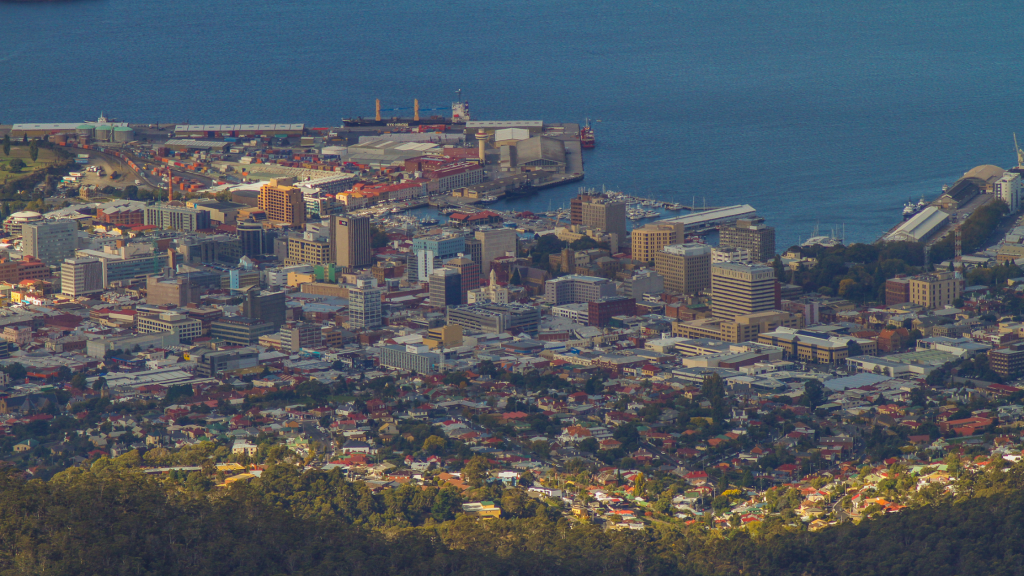Contrary to some of the gloomy claims and predictions for the year 2023–at least in its first quarter–the housing market paints a more positive picture, generally in Australia.
After the market started to exhibit faster-than-expected indications of recovery, NAB significantly changed its house price prediction upward.
Based on the recent NAB Residential Property Survey – March 2023 Report, NAB’s Residential Property Index has gained some ground back in the first quarter primarily due to strong rental growth rather than home value. The numbers might have slightly increased during the first quarter but it still has drastically dropped from this time last year and is still below the average score.
In figures, it marginally increased by +9 points in Q1 2023 which rose from +5 points in the last quarter of 2022. As mentioned, it still remains far behind the survey average by +17 points and has decreased significantly from +58 points at the same time in the previous year.
Whilst this could still be an early stage to predict the property market in the upcoming year, we’d bet you’re also curious to find out what the report has to say.
Minor progress has been seen with regard to confidence levels. Nevertheless, it was indicated that a future home market recovery would still be quite gradual. Whilst the two-year measure stood at a well below average of +33pts, NAB’s one-year confidence measure increased to a considerably below average of +15pts.
Both the bank’s longer-term projections at -0.3% and the average survey forecast from NAB for national house prices over the next 12 months remained essentially unchanged at -2.3%.
![4one4 Property Co | Hobart's Property Market in 2024 | Alan Oster, NAB group chief economist [Photo: The Australian Business Review]](https://www.4one4.com.au/wp-content/uploads/2023/04/a2ad2475259ef57525dd036ae8aa856b-1024x576.jpg)
According to NAB group chief economist Alan Oster, house prices will continue to drop slightly from here, by about 3.5%, and then stabilise for a while, with prices ending the year by about 4% lower. “This would be a peak-to-trough decline of around 12% compared with our previous expectation of a decline of around 20%. The key driver of the decline to date in dwelling prices has been the very big reduction in borrowing power as rates have risen,” Mr Oster claimed.
“However, stronger population growth, a tight rental market, and [a] strong labour market are key offsets.”
Despite extremely low rental vacancy and great demand, rental expectations remained high and well above survey average levels. In the upcoming year and two years, national rents are expected to increase by 4%. Gross rental yields are anticipated to climb as long as rental growth continues to outstrip home values. All states have high hopes for the upcoming year.
First home buyers (FHBs) looked to have backed off in Q1 as foreign purchasers started to reemerge as significant players in new real estate markets. As a result of a dramatic decline in FHB owner-occupiers’ market share to a five-and-a-half-year low of 23.7%, FHB’s proportion of total sales fell to a low of 35.7%, approaching a six-year low. Meanwhile, the overall market share of foreign buyers in emerging real estate markets rose to 7.9%.
Housing Market in Hobart
Hobart has grown significantly in recent years, especially in terms of its population and tourism. Due to this, there has been an increase in the number of people looking to buy or rent homes in the city. It’s no secret that the property market has surpassed records in 2020 and 2021. And after its last peak during the first quarter of 2022, everyone became a witness of the city’s market correction.
And now, during the Q1 of 2023, the NAB survey showed that housing market sentiment turned negative (-29) in Tasmania from a solid 6 in the last quarter of the previous year. But the survey has also showcased that housing market confidence in the next 12 months is expected to rise to +7 points and will even increase in the next two years to +28 pts.

The survey has also revealed that there is still a significant demand for real estate in Hobart, with first-time homebuyers and those looking to upgrade being the primary market participants. Affordability worries exist, though, since many prospective buyers are finding it challenging to enter the market due to escalating costs.
Speaking of affordability, survey house price expectations for the next 12 months were cut sharply in Tassie with -1.8%. In two years’ time, dwelling prices are anticipated to remain flat in the capital city at 0.3%.
Rental-wise, the average survey expectation is favourable for the following 12 months and was increased in all states with the exception of TAS (0.9%). Rental growth expectations in 2 years are still positive for Tassie (1.5%) which revised down from 1.8% in the previous survey.
Current Market Constraints
Due to the OCR increasing by another 25 bps in February and March to an almost 11-year high 3.6%, interest rates are now perceived as a “very” major national constraint. In every state but WA, where there is a shortage of inventory, rising rates have emerged as the top barrier to house purchases.
Furthermore, construction cost is also considered one of the main hurdles as far as the building of new dwellings in Australia is concerned and was rated as a “very” substantial barrier on a national level.
Another obstacle for buyers was getting financing or credit, which was likewise considered “significant” in almost every state.
Mr Oster shared that the economy will slow down going forward as the effects of increased rates and inflation hit consumer spending.
“This will see a deterioration in the unemployment rate, albeit from a very low base, and ultimately see wage growth remain consistent with ‘at target’ inflation. Therefore, with global factors continuing to wane, inflation will continue to moderate, and the RBA is likely to remain on hold after pausing its sequence of cash rate increases in April at 3.6%.”
You may download the full NAB Residential Property Survey – March 2023 Report here, for your reference.


